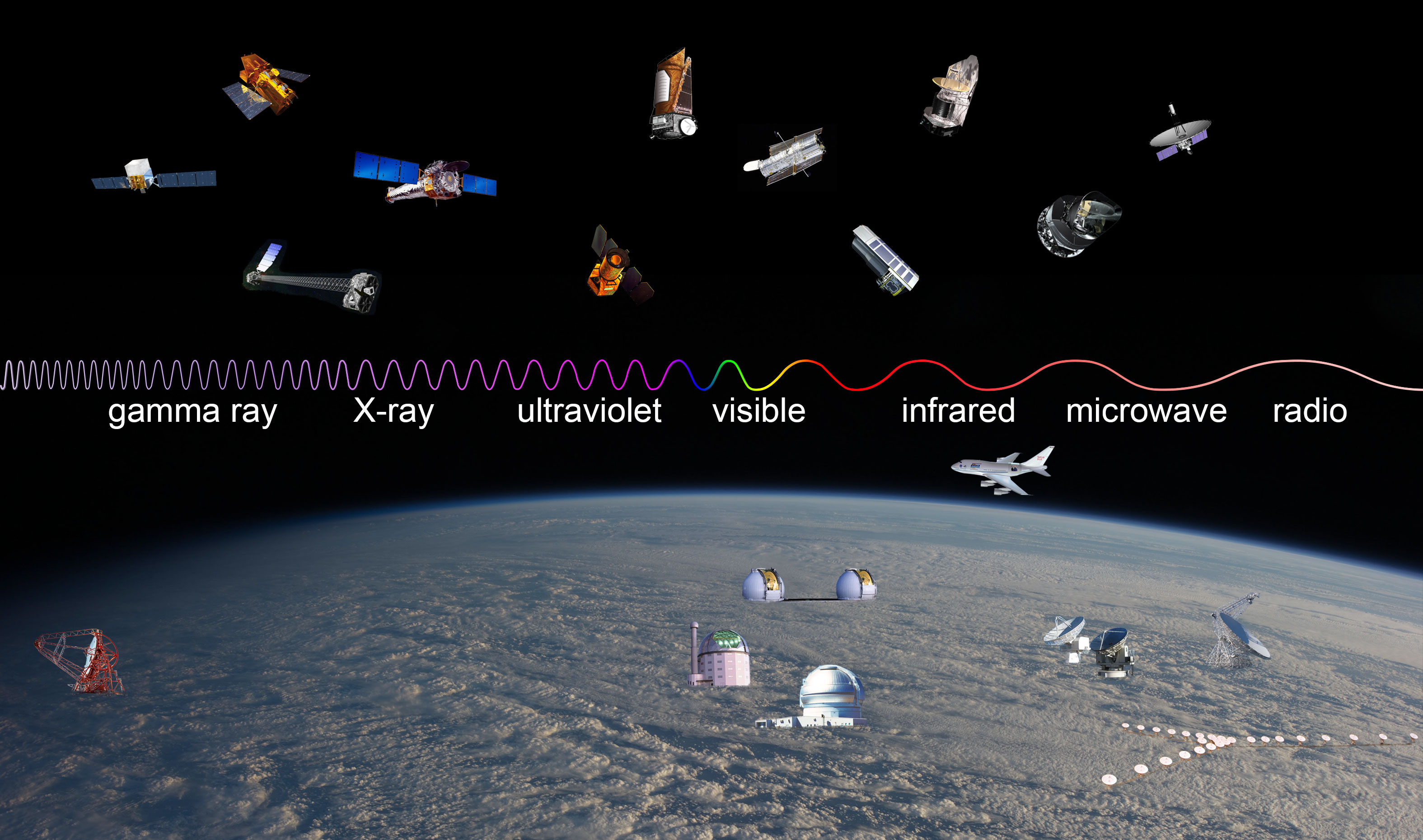
Astronomy For Beginners: How Telescopes Are Used
How telescopes are used in modern Astronomy is changing every decade. We used to only use them to see objects with normal light. Now we can leverage our technology gains to see different wavelengths of light in the universe. This has opened up our studies with a lot more data than we previously had. This article talks about the different fields and categories of astronomy and what they mean.
How Telescopes Are Used
There are many kinds of telescopes. With many different uses as well, there is a diverse market for every kind of telescope you could imagine. Narrowing down what your goal is can save you a lot of money in the end. When looking for a telescope there are a few terms you should be aware of.
- Aperture - This is the size of the mirror and is the most important factor.
- Focal Length - This is the distance from the mirror to the focal point.
- Magnification - This depends on the focal length and is a good indicator of the telescope.
- Focal Ratio - The focal ratio is the relationship between its focal length and the aperture of the telescope.
Optical Telescopes
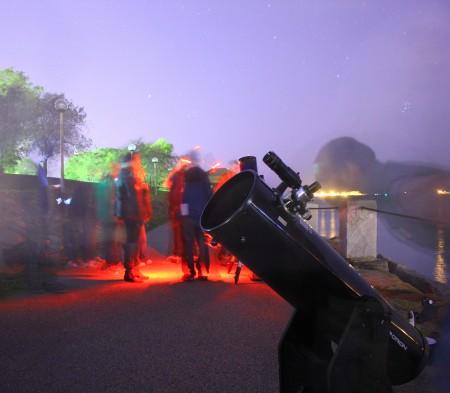
Optical telescopes collect light. That is why they are optical. Seems simple enough right? In a way it really is. The more light we then collect the more we can see. When people think of telescopes these are the type that are thought of when first learning the basics of telescopes. It is how telescopes are used by the public. There are two kinds of optical telescopes:
- Refracting-bends light that is then focused.
- Reflecting-uses a mirror to reflect light.
Refracting scopes use a lens to gather and concentrate light. They do not do colors as accurately as they should either. A lens will also absorb some frequencies. This makes a refracting telescope a poor choice for infrared studies.
Reflecting telescopes use mirrors instead of lens to work with the light that is captured. Since a mirror is used there are no absorption issues to deal with. You can also use a much larger mirror than a lens. So scopes that are large almost always use a mirror. Among reflecting telescopes there are different kinds as well;
- Newtonian-reflected to an eyepiece at side of instrument
- Cassegrain-light is reflected to the end of the instrument
The Keck Telescope and the Hubble Space Telescope are the two most famous. Keck is based in Hawaii while Hubble is orbiting in space.
Size Of Telescopes
The size of telescopes has steadily increased over time. Originally they were pretty small in Galileo's day. However, thanks to modern science, we are getting larger ones all the time. Indeed the space telescopes are also getting bigger. What is the advantage to a larger telescope you may ask? Well the larger the telescope the more light it can collect. It is all about the amount of light it can gather. This is what helps us see far off objects.
The quality that we can see objects in space is directly related to the size of the telescope's mirror. This helps with another issue which is the telescope's resolving power. This is it's resolution which is also very important. This lets us see details of the objects in space. For example, it lets us study far off objects and refine our theory of star classification.
A larger mirror also helps with diffraction. This is the tendency of light to bend. Basically the larger the mirror the less bending of light, or diffraction, that you will have.
Imaging With Telescopes
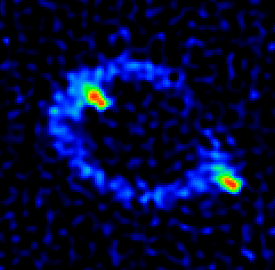
Imaging and the field of astrophotography are very popular these days because looking through a telescope is looking back in time and is a guide to the universe. When individuals first want to know how telescopes are used, imaging the night sky is one of the first choices. More and more people all the time are doing this because of how useful and fun it is. The pictures created are just breathtaking. Computers and associated software are being used to make this process even easier and more reliable. Done correctly, they can even reduce background noise in pictures. The background noise also has its own characteristics. It can then be analyzed and useful information will be the result.
So what exactly is imaging then you may ask? It is the process of taking very long exposure photographs of cosmic objects. While your camera is doing this it goes onto its film. There is a slight problem with this though. Can you guess? Yep, the Earth and everything moves. For astrophotographers to take those stunning pictures the telescope has to move.
Astrophotography
If you are interested in the field of astrophotography then you will be buying a telescope that has a guidance system included in it that will track planets and stars. This means there is a small computer that will adjust position in far greater detail than we could ever do by hand. The purpose is to keep our object that is being photographed squared in our view. Most often this was done by hand and it could be quite difficult. It was easy to make errors doing it this way.
CCD Chips
Fairly recently technology has advanced and new CCD chips have come on to the market. This chips take digital images of objects. Just like the previous method it takes time to gather enough light and information on to these chips but the results can be wonderful. These chips also have the ability to autoguide, making the following of an object a much simpler process if you have the cash to pay for the hardware.
This leads to the next subject which can be very useful. It is the study of brightness of any object. This is called photometry. Astronomers combine photometry with the use of filters to analyze certain wavelengths. As each range of wavelength can have different characteristics, this is very valuable. To measure the light a telescope takes in we use an instrument called a photometer. It measures the amount of light received.
Spectroscopy , which is the study of the spectrum of light, goes right along with this. Without even looking at the source image much can be inferred from this and is one of the most important topics when dealing with the basics of telescopes.
Detailed Astronomy Pictures
It is hard to get great pictures on Earth. It is not really our fault though. The atmosphere affects our view so much. Not a lot we can do from here. This is why we launched telescopes into space. Turbulence in the air is constantly messing with our telescopes and imaging. An interesting fact is that turbulence has less effect on longer wavelengths. I do not know why this is but guessing it is because smaller wavelengths are much more sensitive. Because of turbulence, telescopes are usually placed at high altitudes.
Radio Astronomy
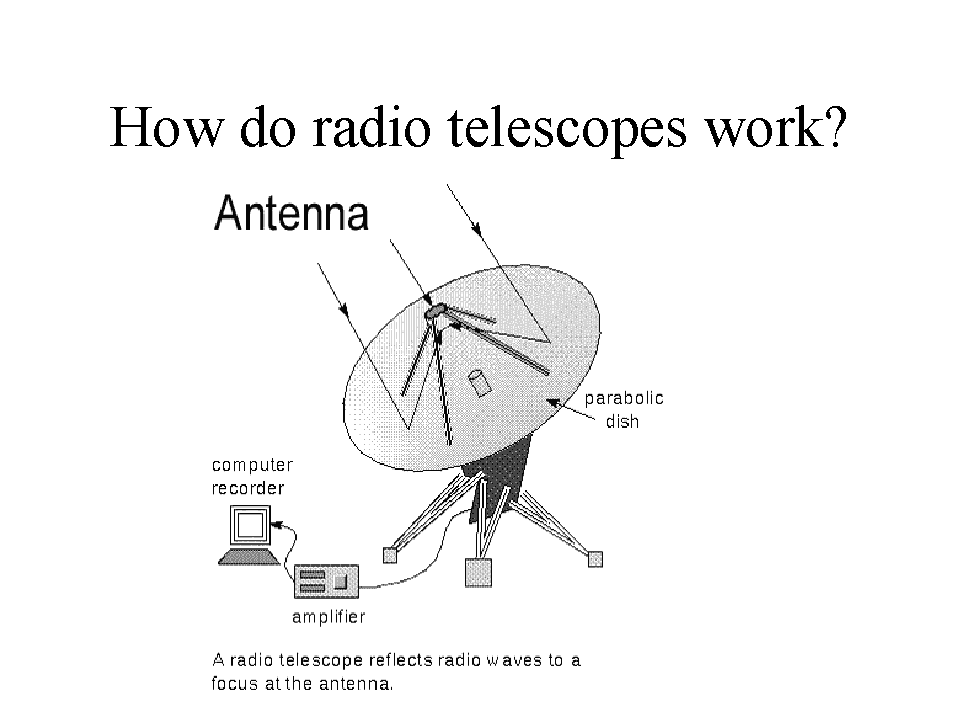
Since an abundance of radio waves reach us on the ground, radio astronomy is a growing field. Also since radio waves are a lot longer than, say gamma waves, the atmosphere does little to them. Radio astronomy has only begun in the last few decades so we have a lot to learn about these techniques.
We can use radio waves to map out areas in space with much greater detail than using optical astronomy. This is very useful because we can not actually see these areas with our eyes.
Radio telescopes have a huge dish which is their collecting area for the radio waves it captures. It is so large because radio waves are quite rare compared to other kinds of radiation that hits the Earth. They also operate differently than optical telescopes in that they only see a few wavelengths at a time of radiation.
A huge advantage with radio astronomy is that poor conditions mean nothing. For example, if you want to go see a meteor shower and it is cloudy then you are out of luck. It is the same situation with any optical telescope on Earth. If there is too much moisture or cloud cover then we just have to wait until conditions get better. Radio telescopes do not have this problem as radio waves are not affected.
Interferometry
One of the main issues with radio astronomy is the poor resolution. Those telescopes are not near as good as optical telescopes in showing details of an object. This is where interferometry comes in to play. Interferometry is when two telescopes are used together to view an object. As each radio telescope takes in data, the data is then combined again using special software that makes a superior image than either took to begin with.
When used together like this an interferometer can make great images which get very close to optical images. An important fact to know is that the two radio telescopes that work together are separated by great distances. By this I mean they can be on different continents or even further than that in some cases.
A very interesting thing happened as technology and computers got better in recent years. Instead of just detecting radio waves, we can now also detect smaller wavelengths. This opens up our universe even more.
Infrared Astronomy
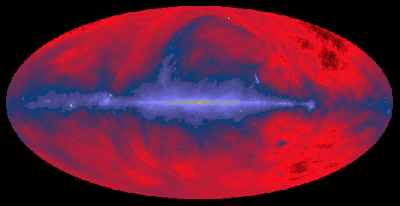
Infrared telescopes are used to study long wavelength radiation and it is a good example of how telescopes are used to study light that we can not see. This is a very popular field. Longer wavelengths are easier to detect than much shorter wavelengths like gamma rays. A good example of this type of astronomy is the Spitzer Space Telescope. It has given us some truly great images.
This is an important field because it lets us see the universe without the issues of light pollution. Interstellar dust is everywhere out there. There is so much of it that it makes some very large clouds. All of this dust makes seeing difficult at times. The dust can completely block out a lot of faint objects.
This is why studies of the infrared spectrum are so valuable. They let us see without having to actually see. On the electromagnetic spectrum infrared lies between visible light and microwave radiation. Its wavelengths are a little shorter than microwaves. Infrared radiation is given off by any object that produces heat. It can be a lot of heat like the sun or just a small amount like the snow. Both still puts off some degree of heat and therefore radiates infrared radiation.
Ultraviolet Astronomy
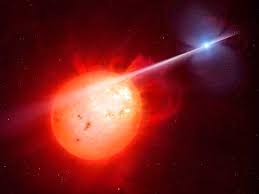
At the opposite end of the spectrum we have ultraviolet astronomy. This is short wavelength astronomy. In this niche area of astronomy it is ultraviolet radiation that is studied. The wavelengths of this radiation are around 90 to 350 nanometers. As with all of the other areas of astronomy, you can tell a lot about the object when studying its radiation. Examples of what can be inferred are densities, composition, and temperatures. The ultraviolet spectrum is divided up into the near, far, and extreme ultraviolet regions.
One of the cool things about ultraviolet radiation is that the objects with the highest temperatures in the universe give off a lot of ultraviolet radiation. This makes it a good source to study. To study this type of radiation we usually have to analyze data taken by space telescopes. i should point out that we use space telescopes to gather ultraviolet radiation because the Earth's atmosphere blocks most of the ultraviolet waves. Basically, to get to them we must be in space.
High Energy Astronomy
This is the part of the spectrum that is least known to us. High energy astronomy deals with gamma rays and x-rays. They are hard to detect and to capture. Gamma rays in particular have the most energy of any other type of radiation. One of the really cool things about them is that they penetrate everything. This makes gamma rays hard to deal with.
X-Rays
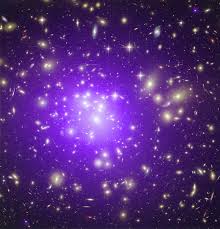
An interesting fact is that the gamma rays and x-rays cover a large part of the electromagnetic spectrum. In constrast, visible light only covers a small fraction of the spectrum.
Just about every day we are discovering more sources for x-rays and gamma rays. The list is growing quickly. However, there are many more sources for x-rays than gamma rays. In our galaxy the Sun is the closest emitting source. Throughout the galaxy there are sources that send forth much more radiation than our Sun. These are called the x-ray binaries which are systems of stars in which one is probably a neutron star. These objects produce fantastic amounts of high energy radiation. Another super source of x-rays are supernovae which can send the detectors through the roof.
Gamma Rays
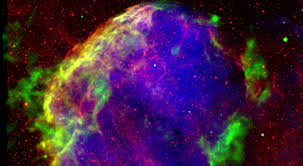
Right now there are only about 3000 known sources for gamma rays. That number should explain how rare they really are. As a result, it is more difficult to do a study using spectroscopy because other wavelengths are much more common. We can sometimes wait a long time before we are able to detect one. Even more rarely we can observe gamma rays in lightning bolts or certain kinds of nuclear explosions. The typical gamma ray is highly energetic. This means that it contains an abundance of energy.
Its energy is so great that it is used in the medical industry to kill certain cancers. I can't think of a better way to harness nature for a good cause!
Conclusion
I hope this has given you some inspiration for studying Astronomy. It is a wonderful science and there is much yet to learn. You even have several fields in which to specialize in. Your first step is to get a telescope and start exploring and see where it takes you. I will have a recommendation for a telescope on the side of this page if you do not know where to start.
If you enjoyed this article then I would ask you to share this with your friends and subscribe to my email list. By doing so I will send you articles like these as I write them. I would appreciate it. You can use the buttons and forms below for all of your sharing needs.